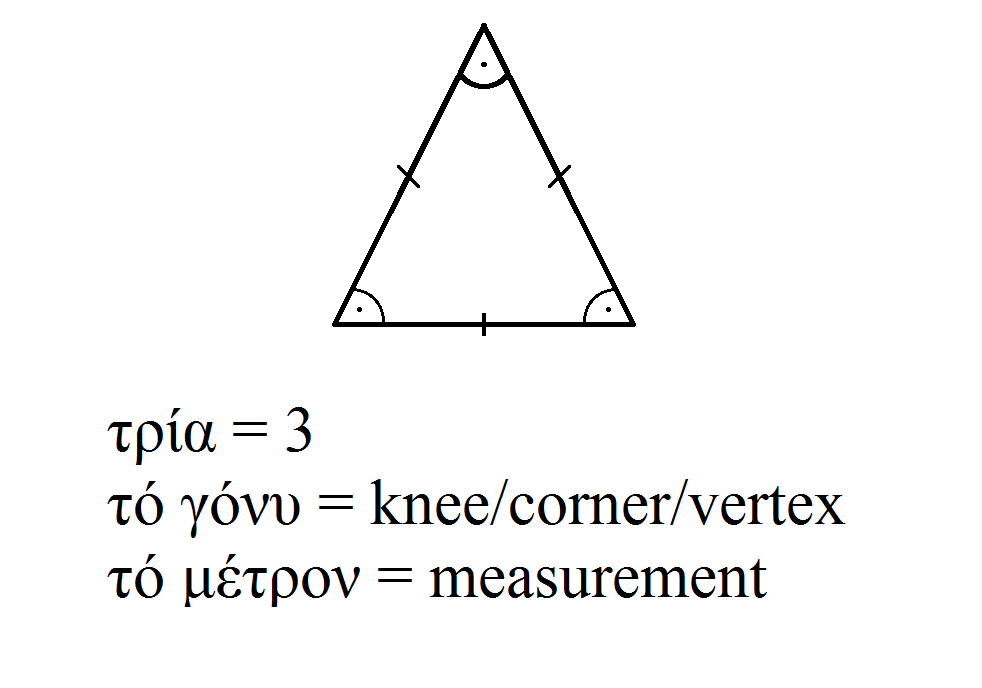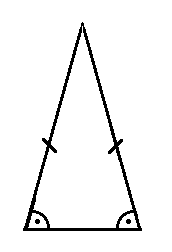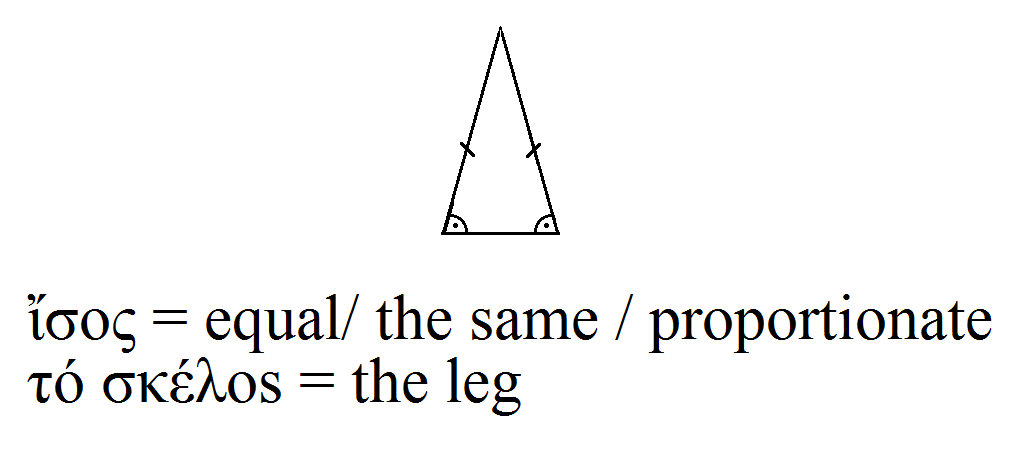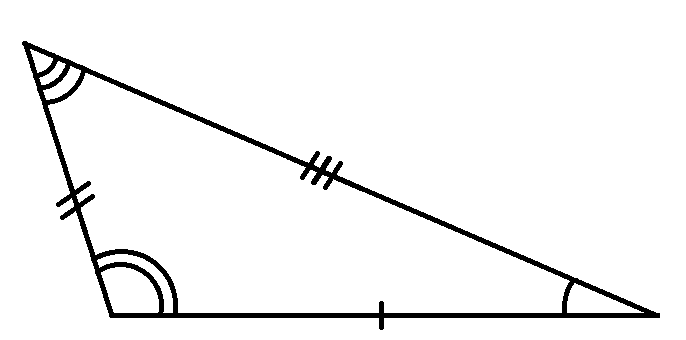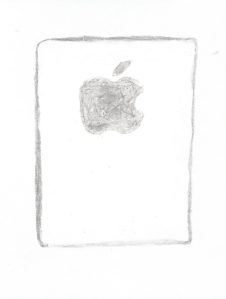Click the below link so as to view a Microsoft-Word version of this blog post.
the_mathematical_distinction_that_exists_between_precision_and_accuracy.docx
Click the below link so as to view a pdf version of this blog post.
the_mathematical_distinction_that_exists_between_precision_and_accuracy.pdf
The Mathematical Distinction that exists between Precision and Accuracy:
Introduction:
In everyday common parlance, the terms ‘precision’ and ‘accuracy’ are synonyms. However, this is not so in Mathematical jargon. In mathematical jargon, there exists an important difference in meaning between the terms ‘precision’ and ‘accuracy.’ It is the purpose of this chapter to explicate this difference in meaning.
Body:
If one should derive:
π
to eleven decimal places by dividing 22 by 7:
22/7
, then the result of this calculation:
3.14285714286
will be more precise than:
π
derived properly – i.e. through differentiation – to eight decimal places:
3.14159265
, but the latter answer will be more accurate than the former.
In mathematics, the term, ‘precision,’ denotes how many decimal places the result of a calculation can run to[1], whereas the term, ‘accuracy,’ denotes how close to the correct answer the result of a calculation is.
In mathematics, the term, ‘precision’ denotes how many significant digits that a mathematician should use to render a quantity, whereas the term ‘accuracy’ denotes how close to the correct quantity the quantity rendered in digits is.
An Etymological Definition:
The English term, ‘precision’ comes from the Latin 3rd-declension feminine noun, ‘praecīsiō, praecīsiōnis,’ which means a ‘cutting off[2] .’ After how many significant digits ought we to cut the answer off?
The verb, ‘caedere,’ can also mean ‘to kill[3] .’ After how many significant digits do we kill off the trail?
After our dividing 22 by 7:
22/7
, we cut the answer off after 11 significant digits following the decimal point:
3.14285714286
.
We use a total of 12 significant digits in our rendering of:
π
.
After arriving at:
π
, properly – i.e. through differentiation – we cut the answer off after 8 significant digits following the decimal point:
3.14159265
.
We use a total of 9 significant digits in our rendering of:
π
.
In the first case, we employ 12 significant digits in our rendering of:
π
, and, in the latter case, we employ 9 significant digits in our rendering of:
π
. Therefore, again, to restate, the former rendering of:
π
is more precise than the latter, however, the latter rendering of:
π
is more accurate than the former.
Precision in Python:
It is possible to modify the precision of π, in Python, by applying formatting[4]
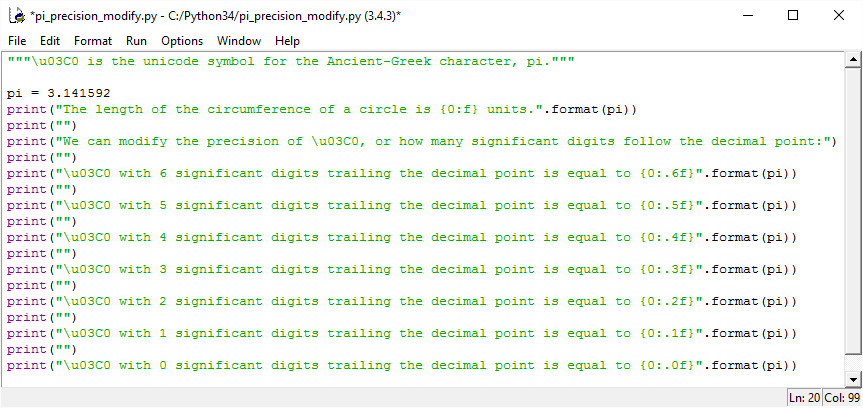
Figure 1: We have, here, created a program that prints out π with varying degrees of precision; from the most precise: with 6 significant figures trailing the decimal point; to the least precise: with 0 significant figures trailing the decimal point.
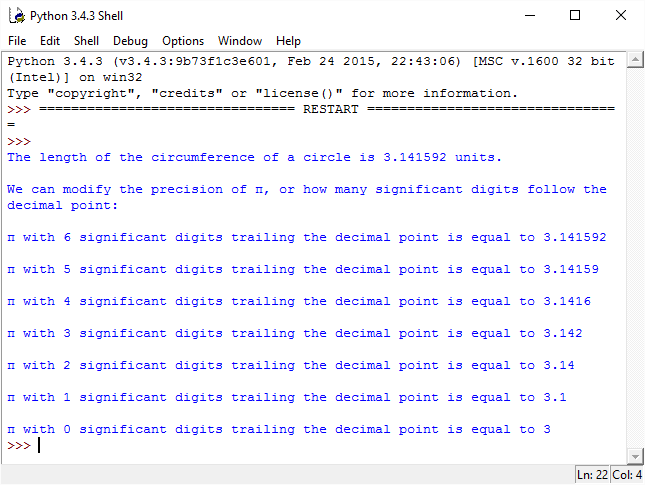
Figure 2: What the previous Python script outputs.
Epilogue: What is π?
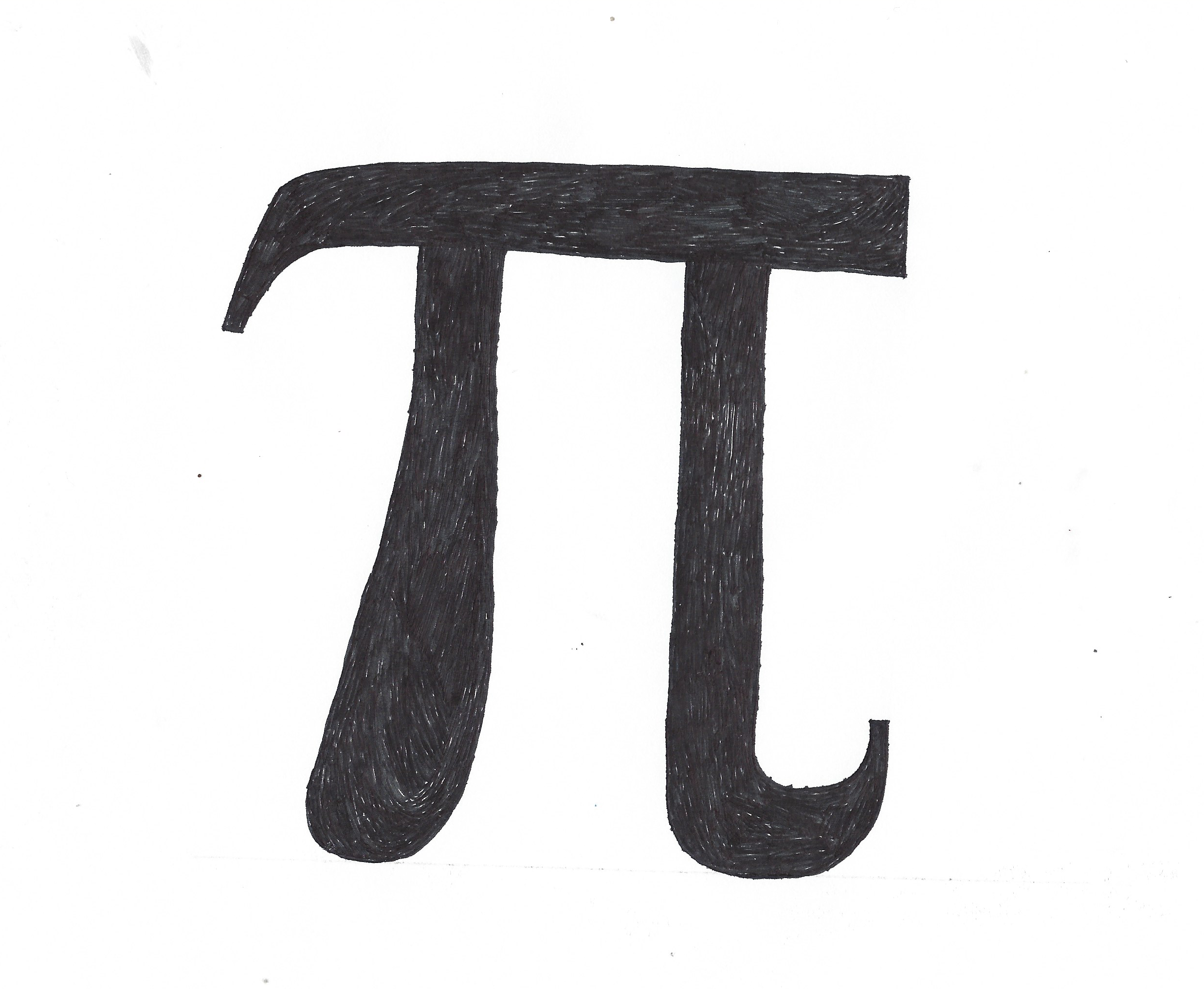
Figure 3: The iconic symbol. π is the sixteenth letter of the Ancient-Greek Alphabet. This is its minuscule form. It is conjectured that the Ancient-Greek letter, π, was employed so as to represent the length of a circle’s circumference, as the letter, ‘pi’ can be taken as a contraction of the term, ‘perimeter.’
π comes into play with the radians of Trigonometry, a crucial component of Computing Mathematics, so we may as well digress a little and ask ourselves what π actually is.
π symbolises and denotes the ratio that exists between the length of a circle’s diameter and the length of a circle’s circumference.
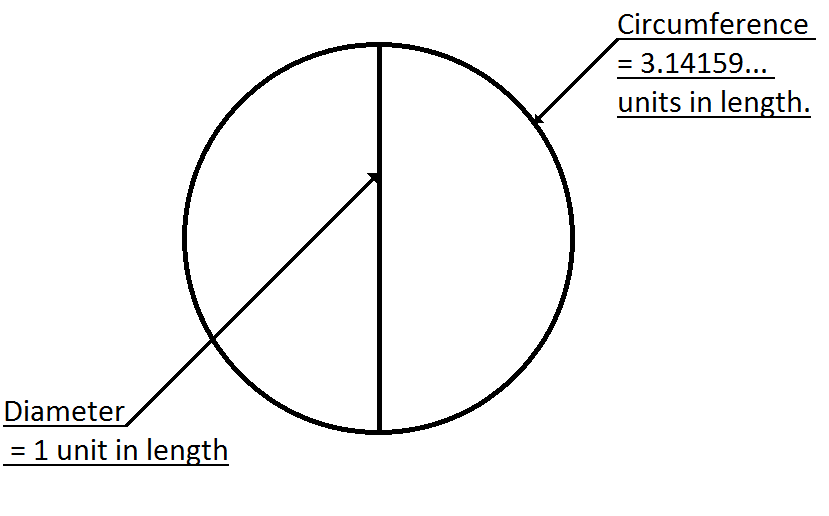
Figure 4: π is equal to the ratio that exists between the length of a circle’s diameter, and the length of a circle’s circumference.
The ratio:
Diameter : Circumference
can be expressed as the ratio:
1 : 3.14159…
Glossary:
accuracy
(plural. accuracies)
[mass noun] the quality or state of being correct or precise: we have confidence in the accuracy of the statistics.
- TECHNICAL the degree to which the result of a measurement, calculation, or specification conforms to the correct value or standard: the accuracy of radiocarbon dating | [count noun] accuracies of 50-70 per cent. Compare with PRECISION. [1]
<ETYMOLOGY> From the Latin 3rd-declension Latin noun, ‘accurātiō, accurātiōnis,’ which means ‘accuracy,’ ‘carefulness.’ From the Latin preposition, ‘ad,’ which means ‘towards;’ and the Latin 1st-declension feminine noun, ‘cūra, cūrae,’ which means ‘care;’ and the Latin 3rd-declension nominal suffix, ‘-ātiō’ which denotes a state of being. The etymological sense of the English term, ‘accuracy,’ therefore, is ‘the state of being oriented towards carefulness.’
accurate
- (especially of information, measurements, or predictions) correct in all details; exact: accurate information about the illness is essential.
- (of an instrument or method) capable of giving accurate information: an accurate thermometer.
- providing a faithful representation of someone or something: the portrait is an accurate likeness of Mozart.
- (with reference to a weapon, missile, or shot) capable of or successful in reachingthe intended target: reliable, accurate rifles | a player who can deliver long accurate passes to the wingers.
<DERIVATIVES> late 16th century: from Latin accuratus ‘done with care’, past participle of accurare, from ad- ‘towards’ + cura ‘care’.[2]
<ETYMOLOGY> From the Latin 1st-conjugation verb, ‘accūrō, accūrāre, accūrāvī, accūrātum,’ or ‘adcūrō, adcūrāre, adcūrāvī, adcūrātum,’ which means ‘to give close attention to,’ ‘to be careful.’[3]
From the Latin preposition, ‘ad,’ which means ‘towards,’ and the Latin 1st-declension feminine noun, ‘cūra, cūrae,’ which means ‘care.’
precise
marked by exactness and accuracy of expression or detail: precise directions | I want as precise a time of death as I can get.
- (of a person) exact, accurate, and careful about details: the director was precise with his camera positions.
- [attributive] used to emphasize that one is referring to an exact and particular thing: at that precise moment the car stopped.
<DERIVATIVES> preciseness noun.
<ORIGIN> late Middle English: from Old French precis, from Latin praecis- ‘cut short’, from the verb praecidere, from prae ‘in advance’ + caedere ‘to cut’[4].
<ETYMOLOGY> From the Latin 1st-and-2nd-declension adjective, ‘praecīsa, praecīsus, praecīsum,’ which means ‘broken off,’ ‘abrupt.’ From the Latin verb, ‘praecīdō, praecīdere, praecīdī, praecīsus,’ which means ‘to cut off in front,’ ‘cut off.’[5]
From the Latin preposition, ‘prae,’ which means ‘before,’ ‘beforehand;’ and the Latin 3rd-conjugation verb, ‘caedō, caedere, cecīdī, caesum,’ which means ‘to cut.’ The etymological sense of ‘precise’ – like ‘concise’ – is ‘cut off.’
precisely
in exact terms; without vagueness: the guidelines are precisely defined.
- exactly (used to emphasize the complete accuracy or truth of a statement): at 2.00 precisely, the phone rang | kids will love it precisely because it will irritate their parents.
- used as a reply to confirm or agree with a previous statements: ‘You mean it was a conspiracy?’ ‘Precisely.’ .[6]
precisian
chiefly ARCHAIC a person who is rigidly precise or punctilious, especially as regards religious rules.
<DERIVATIVES> precisianism noun.[7]
precision
the quality, condition, or fact of being exact and accurate: the deal was planned and executed with military precision.
- [as modifier] marked by or adapted for accuracy and exactness: a precision instrument.
- TECHNICAL refinement in a measurement, calculation, or specification, especially as represented by the number of digits given: a technique which examines and identifies each character with the highest level of precision | [count noun] a precision of six decimal figures.
Compare with ACCURACY.
<ORIGIN> mid 18th century: from French precision or Latin praecīsiō(n-), from praecīdere ‘cut off’ (see PRECISE).[8]
<ETYMOLOGY> From the Latn 3rd-declension feminine noun, ‘praecīsĭo, praecīsĭōnis,’ which means ‘a cutting off,’ ‘the piece cut off.’ In rhetoric, ‘praecīsĭo,’ means ‘a breaking off abruptly.’ In Late Latin, ‘praecīsĭo,’ can mean ‘an overreaching.’ [9]
radian
[GEOMETRY] a unit of measurement of angles equal to about 57.3°, equivalent to the angle subtended at the centre of a circle by an arc equal in length to the radius.[10]
<ETYMOLOGY> From the Scientific Latin 1st-and-2nd-declension adjective, ‘radiāna, radiānus, radiānum’ which means ‘of the radius,’ ‘concerning the radius,’ ‘denoting the radius.’ From the Latin 2nd-declension masculine noun, ‘radius, radiī’ which means ‘a geometer’s rod[11] [for measuring the distance between the centre of a circle and the circumference],’ and the Latin 1st-and-2nd-declension adjectival suffix, ‘-iāna, -iānus, -iānum,’ which means ‘of,’ ‘concerning,’ ‘denoting.’ The etymological sense of the English noun ‘radian’ is ‘that unit of measurement of angles that concerns radiuses.’
[1] Oxford University Press. Oxford Dictionary of English (Electronic Edition). Oxford. 2010. Loc 4388.
[2] Oxford University Press. Oxford Dictionary of English (Electronic Edition). Oxford. 2010. Loc 4388.
[3] Perlingua Language Tools. www.perlingua.com Version 2.1 (Kindle Edition.) 2013. Latin English Lexicon. Thomas Mc Carthy. Loc. 1075.
[4] Oxford University Press. Oxford Dictionary of English (Electronic Edition). Oxford. 2010. Loc. 554162.
[5] Perlingua Language Tools. www.perlingua.com Version 2.1 (Kindle Edition.) 2013. Latin English Lexicon. Thomas Mc Carthy. Loc. 76264.
[6] ibid. Loc. 554172
[7] ibid. Loc. 554179
[8] ibid. Loc. 554191
[9] Perlingua Language Tools. www.perlingua.com Version 2.1 (Kindle Edition.) 2013. Latin English Lexicon. Thomas Mc Carthy. Loc. 76264.
[10] Oxford University Press. Oxford Dictionary of English (Electronic Edition). Oxford. 2010. Loc. 578311.
[11] Perlingua Language Tools. www.perlingua.com Version 2.1 (Kindle Edition.) 2013. Latin English Lexicon. Thomas Mc Carthy. Loc. 87154.
[1]
See the Oxford Dictionary of English’s TECHNICAL definition of ‘precision’ in the glossary below.
[2]
From the Latin preposition ‘prae,’ which means ‘before,’ and the Latin 3rd-conjugation verb, ‘caedō, caedere, cecīdī, caesum,’ which means ‘to cut.’
[3]
For instance, a ‘suicide’ is a man or woman who kills himself/herself. From the Latin 1st-and-2nd-declension possessive adjective, ‘sua, suus, suum,’ which means ‘his, her, its;’ and the Latin 3rd-conjugation verb, ‘caedō, caedere, cecīdī, caesum,’ which means ‘to kill.’ The etymological sense of ‘suicide,’ therefore is a man or woman who kills himself/herself.
[4]
See the blogpost: Formatting Numbers in Python.






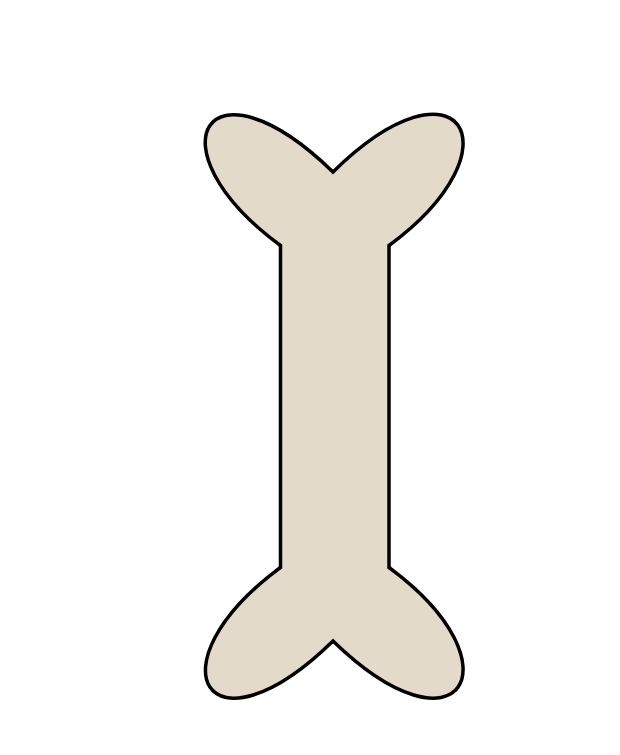

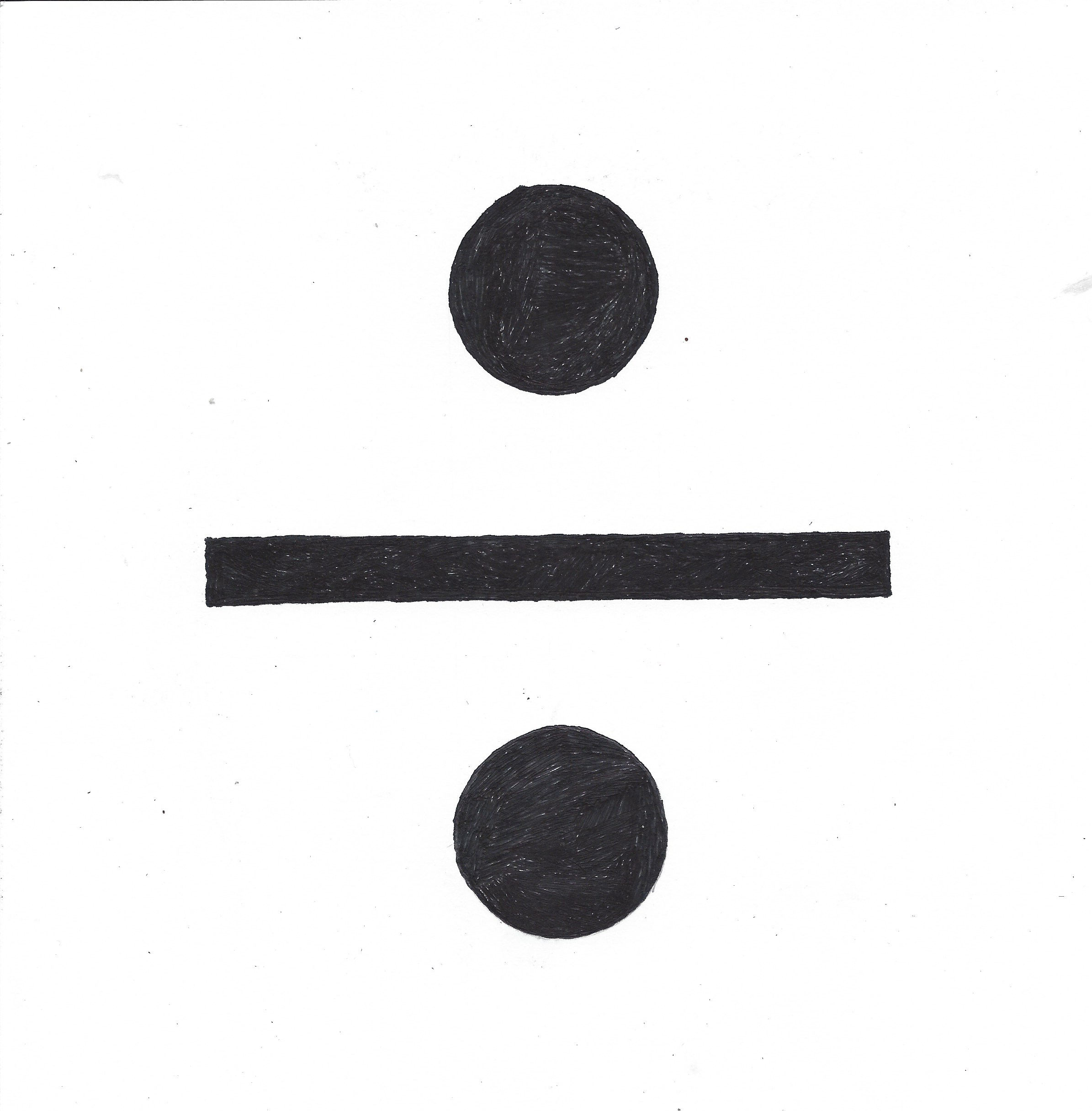
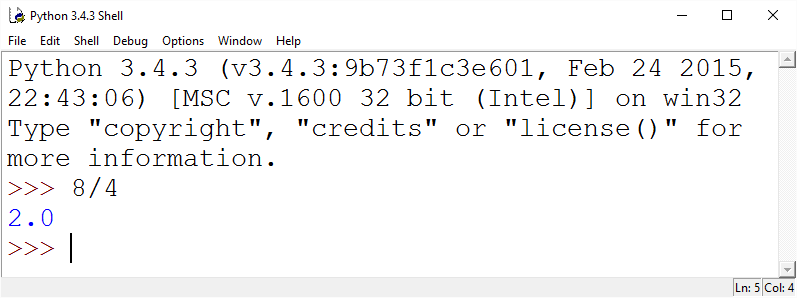
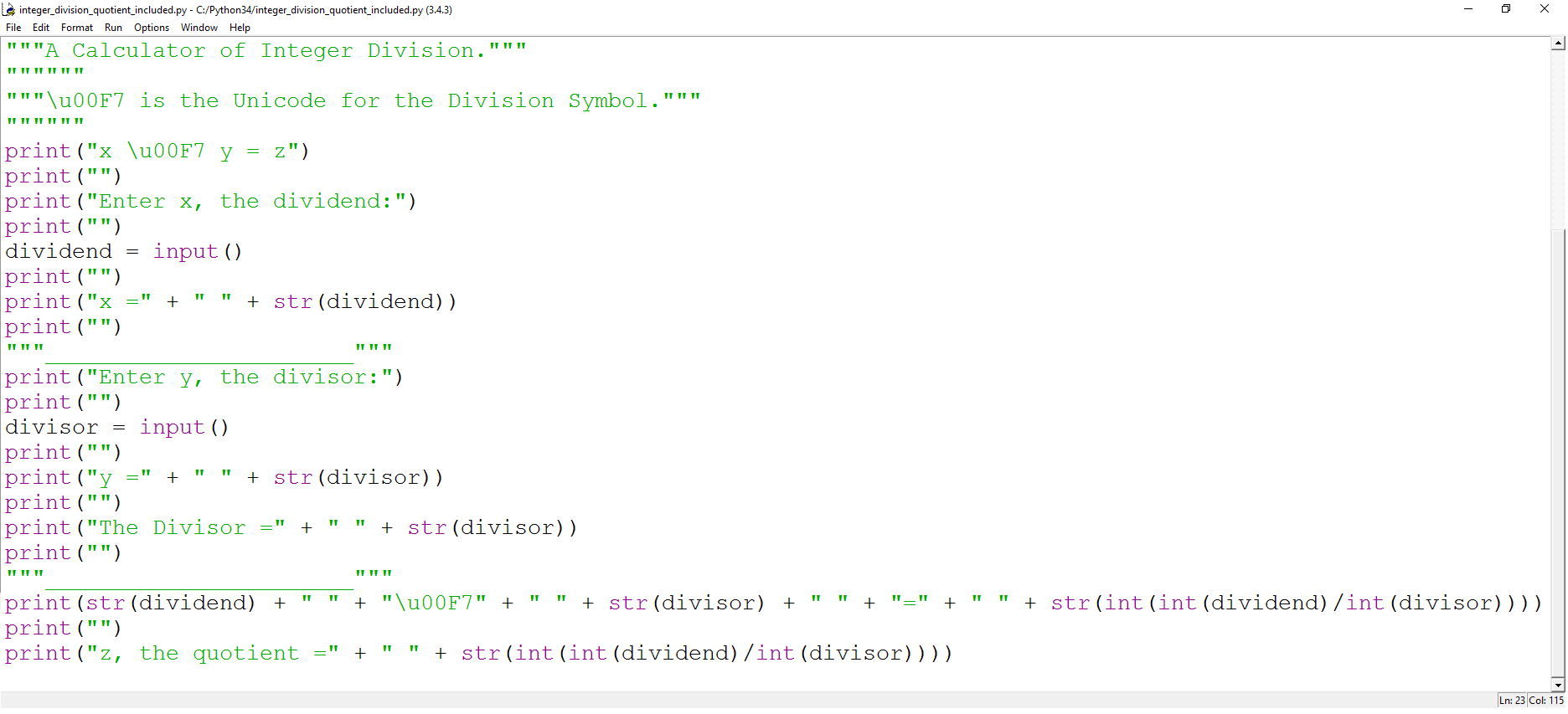



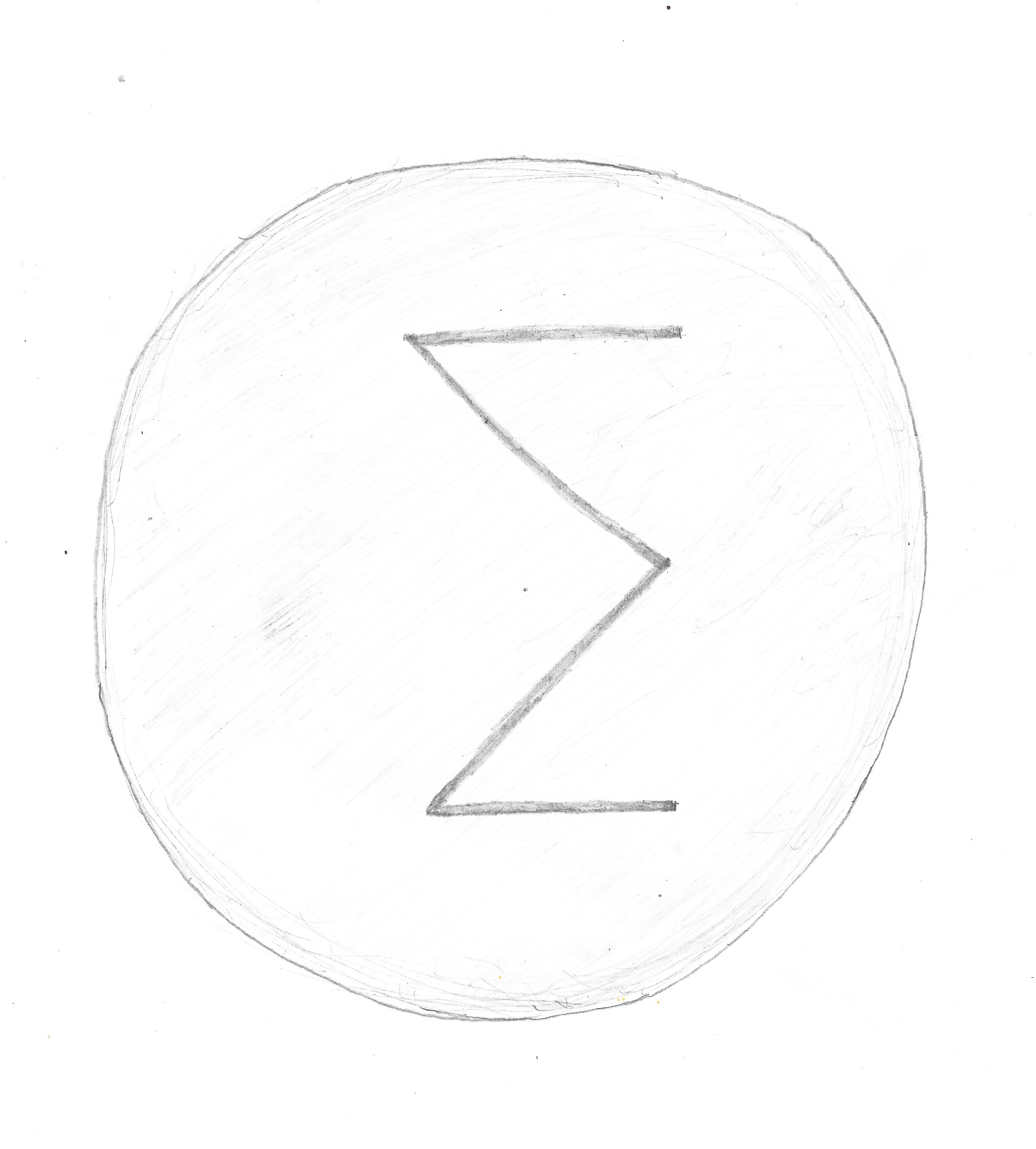 Figure 2: Ecstasy tablets, very often, have the Ancient-Greek Majorscule, Sigma, stamped into them. So it is not only Computer Programming that a knowledge of Ancient-Greek will make easier: it will also give you a head start in Pharmacy!
Figure 2: Ecstasy tablets, very often, have the Ancient-Greek Majorscule, Sigma, stamped into them. So it is not only Computer Programming that a knowledge of Ancient-Greek will make easier: it will also give you a head start in Pharmacy!